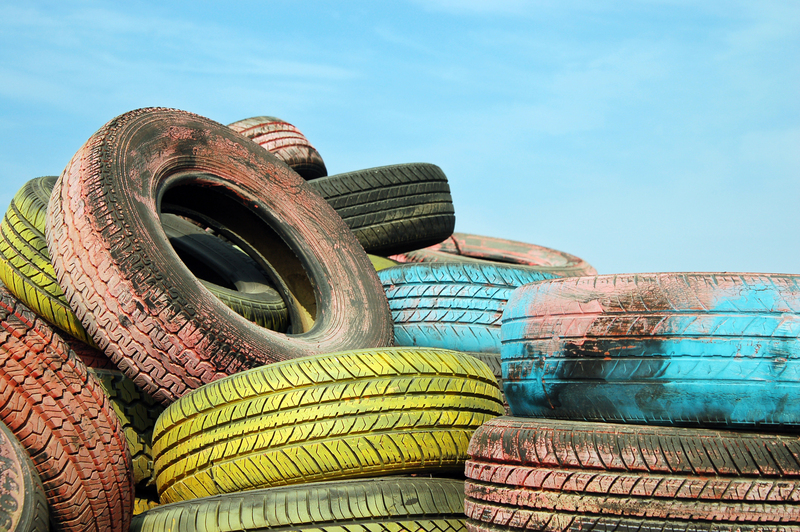Waste management has become a pressing global issue in recent years. With the rise in population and consumption, the amount of waste generated has also drastically increased. As a result, many countries are facing challenges in managing their waste effectively. One method that has gained popularity over the years is incineration. Incineration, also known as thermal treatment, is the process of burning solid waste to convert it into ash, gases, and heat.
While this method may seem like an efficient and convenient solution to our waste management woes, it comes with its own set of advantages and disadvantages. In this article, we will delve deeper into the good and bad aspects of using incineration as a waste management method.
The Pros of Using Incineration:
1) Reduces Volume of Waste: One of the prominent advantages of incineration is that it significantly reduces the volume of waste. When compared to traditional landfill methods, incineration can reduce the volume by up to 90%. This makes it an ideal solution for areas with limited land space.
2) Generates Energy: Incinerators are designed to capture and convert the heat produced during the burning process into energy. This energy can be used to generate electricity or provide heat for industrial processes. This not only reduces our dependency on fossil fuels but also makes incineration a sustainable waste management option.
3) Effective for Non-Recyclable Waste: Unlike recycling which requires sorting and processing of different materials, incineration can handle all types of waste at once. This makes it an effective solution for non-recyclable or hazardous waste that cannot be disposed through other methods.
4) Reduced Greenhouse Gas Emissions: Landfills release significant amounts of methane gas, a harmful greenhouse gas that contributes to climate change. Incineration produces less methane gas as most of the waste is converted into energy and ash. This makes it a more environmentally friendly option compared to landfills.

The Cons of Using Incineration:
1) Air Pollution: The process of incineration produces air pollutants such as carbon monoxide, sulfur dioxide, and particulate matter which can be harmful to human health. While modern incinerators are equipped with advanced pollution control technology, improper maintenance or operation of these systems can still result in harmful emissions.
2) Toxic Ash Residue: The residue produced after incineration, also known as bottom ash and fly ash, contains toxic substances such as heavy metals and dioxins. If not disposed of properly, these residues can contaminate the soil and water sources, posing a threat to public health.
3) High Cost: Building and maintaining an incinerator is a costly affair. The initial capital investment for setting up an incinerator is high, and the operational costs can also be significant. This makes it unaffordable for smaller communities or developing countries.
4) Incentive for Waste Production: Some critics argue that incineration provides a financial incentive for waste production rather than waste reduction. As long as there is a continuous supply of waste, the plant will continue to operate, leading to more waste being generated rather than managed efficiently.
Tips for Effective Incineration:
1) Proper maintenance and operation are crucial to minimize air pollution. Regular inspections and maintenance of the incinerator and its pollution control systems should be conducted.
2) Pre-treatment of waste can help reduce harmful emissions. Segregation of hazardous waste before incineration can prevent the release of toxic substances into the atmosphere.
3) Continuous monitoring of emissions is essential to ensure compliance with environmental standards. Regular testing should be done to measure levels of pollutants released from the plant.

Takeaways:
1) Incineration is an effective solution for managing non-recyclable or hazardous waste.
2) Advanced technology and proper maintenance can minimize air pollution from incinerators.
3) Proper disposal of toxic ash residue is crucial to protect the environment and public health.
Conclusion:
While incineration may have its advantages, it is clear that there are also significant drawbacks associated with this waste management method. To ensure its success, it is crucial to strike a balance between efficient waste management and protecting the environment. Proper regulations and strict monitoring can help minimize the negative impacts of incineration while maximizing its benefits as an energy source. Ultimately, it is essential to consider all factors and weigh them carefully before deciding whether incineration is the best waste management option for a particular community or region.




